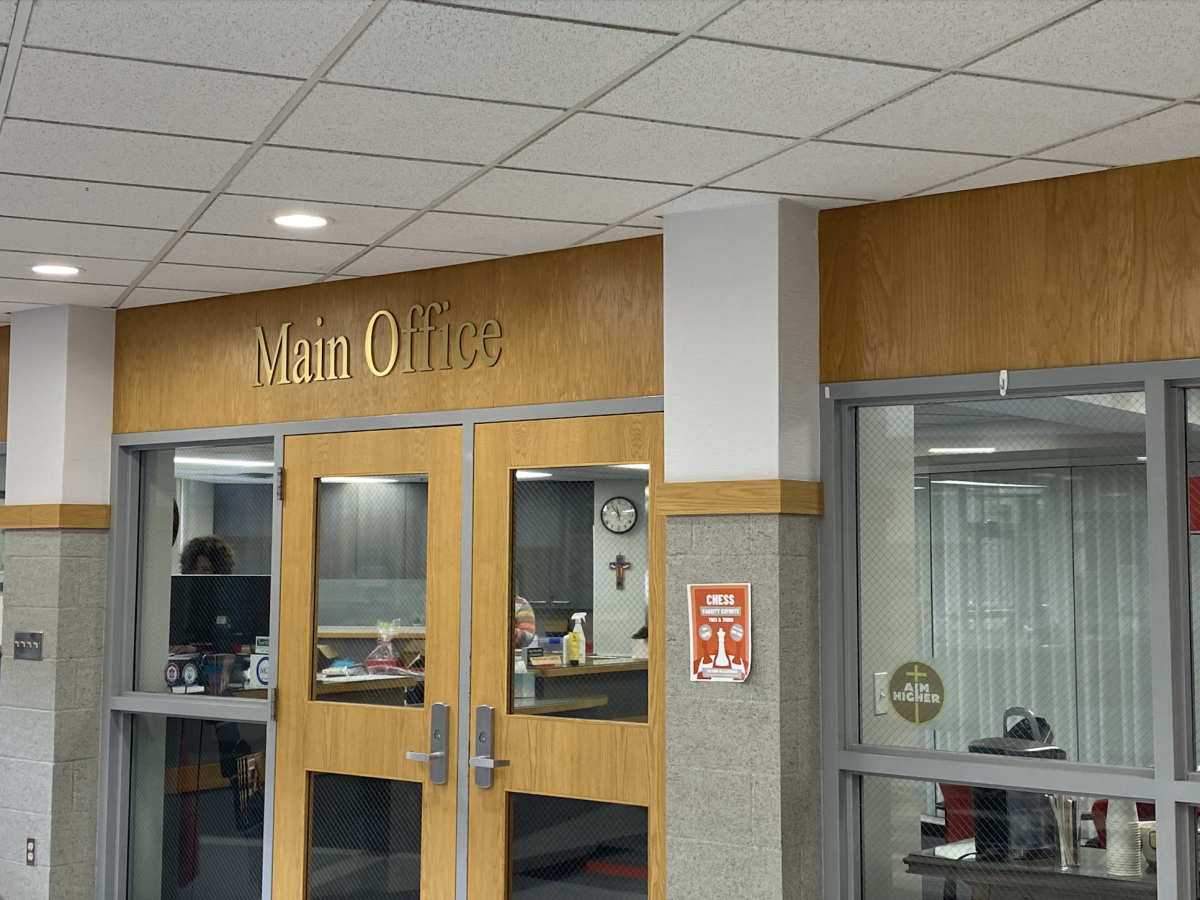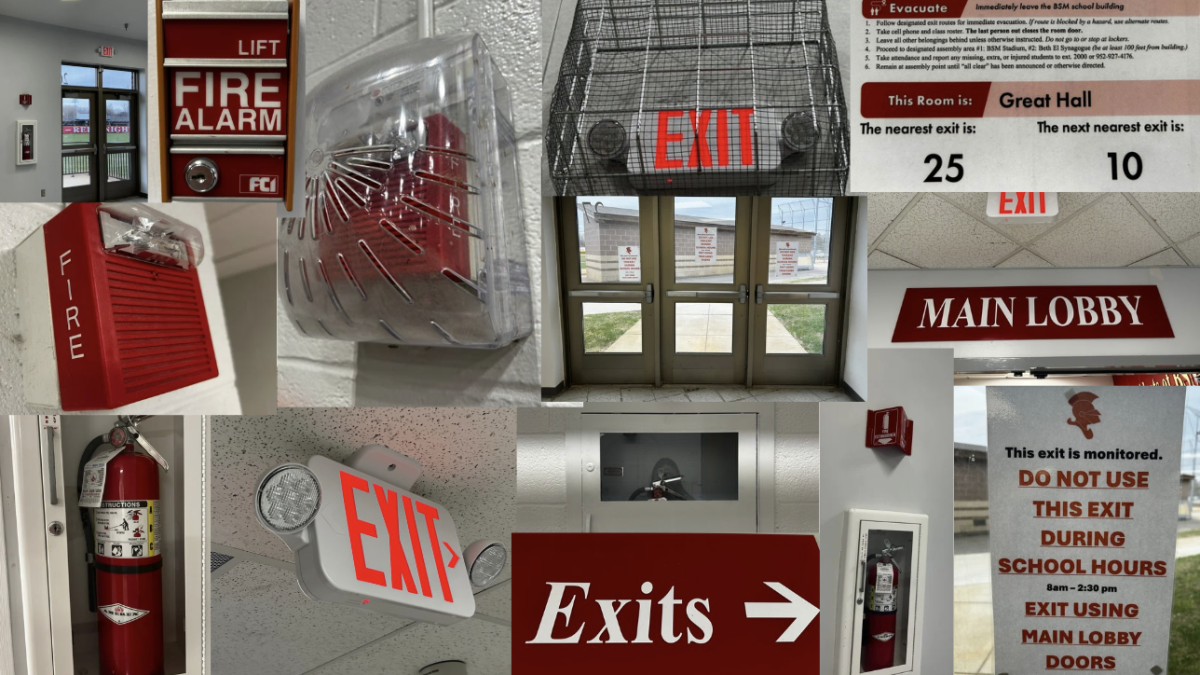Last year, BSM students had their first experiences with the new 1:1 laptop program. The program proved to be beneficial in many ways, but it also had a number of detrimental effects, spanning from network issues to homework problems.
For most, laptops cause a distraction during class. The temptation to go online and play a game or check the latest sports scores can take the student out of the class and affect their ability to learn, which can cause a drop in grades. “Let’s be honest, if you’re going on it to do homework, you’re not actually going to be doing homework. You’ll be on Facebook or Youtube,” said senior Shannon Stroh.
Many teachers try to incorporate laptop use where it is unnecessary or pointless. Teachers go out of their way to build lesson plans that require a laptop when it would be just as easy to complete with pen and paper. “The teachers that have used the laptops to transform their lessons have really benefited, but those who have just used laptops for using laptops sake, not so much,” said Mrs. Jean Nightingale.
“[I find the laptops] pointless, stupid, and annoying. [Teachers] find an excuse to use the computer just because they have it,” said sophomore Shannon Forsythe.
Some students see the use of online lessons as an easy out for teachers who don’t have a lesson planned. Because of this, the laptops can come across as a lazy way to educate. “Some teachers use the laptops to get out of work. They make you do a super hard Webquest or busy work so they don’t have to teach during class,” said junior Alec Black.
With many lesson plans built around the Internet, if the network crashes many teachers have to resort to a backup plan, which isn’t always available. “A disadvantage is when there’s spotty service because everyone is on, or our bandwidth is gone,” said Ms. Megan Kern.
Since students have quick Internet access, many teachers create their own websites to allow easy learning. In reality, this makes it hard for the student to keep information organized in class because multiple website visits are necessary to gain new information and updates.
Many students have also seen an increase in homework with the addition of laptops, as it is easier to access Microsoft Word and Google Docs. If one’s laptop is functioning poorly or stuck at the help desk, it can be hard for a student to finish their work on time. “A lot of times, no matter what it is, it always turns out to be a paper with the laptop. What used to be a worksheet has been turned into a paper,” said senior Carter McNew.
When the school assigns laptops to students, the student has to pay $250 for the privilege of using it. Laptop care expectations include keeping the laptop in pristine condition, and if the device ends up with a broken screen or chipped shell, payment for these expenses often come from students’ pockets.
The BSM laptop program has some flaws that need to be worked out. As students adapt and the laptop is further integrated into our curriculum, hopefully the devices will be key to learning. Until then, paper and a pencil will work just fine.




































![Teacher Lore: Mr. Hillman [Podcast]](https://bsmknighterrant.org/wp-content/uploads/2025/03/teacherlorelogo-1200x685.png)





Mick Hawkins • Feb 15, 2012 at 3:23 pm
Good article, Rooscol!
You do make some good points. Yes, there are problems; yes, sometimes things don’t work as they are suppose to; yes, the tried and true should not be neglected.
At the same time, welcome to the second decade of the 21st century. This is what is going on. Kids in rural schools with little or no technology are at a complete disadvantage in our society and in our workplaces.
Hate to say it, but the adage is true: The only constant in life is change.
Loved your article and its presentation. Who taught you how to write so well anyway?
Go Red Knights!
Mick Hawkins